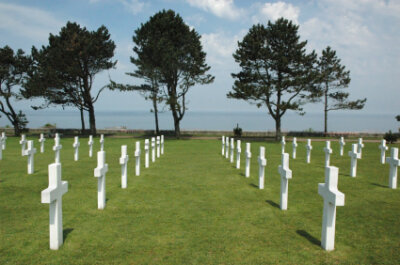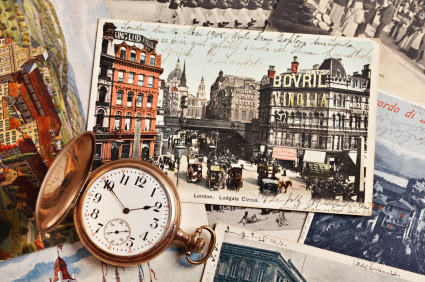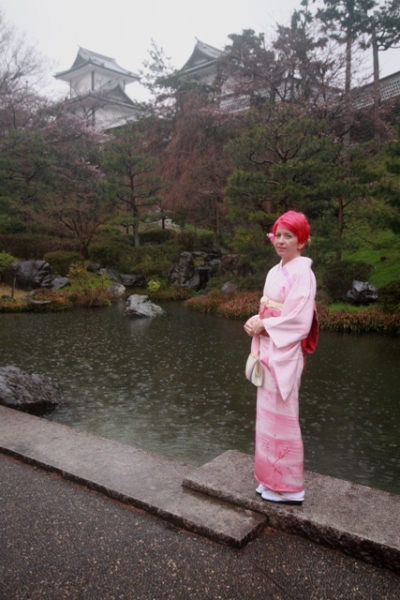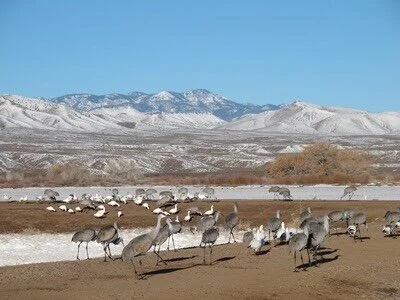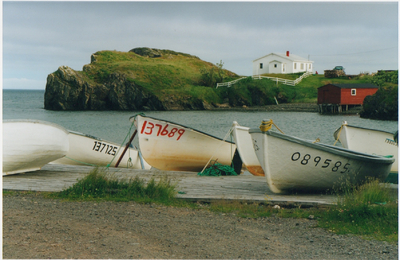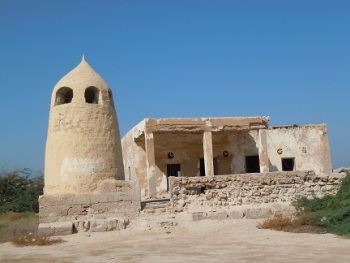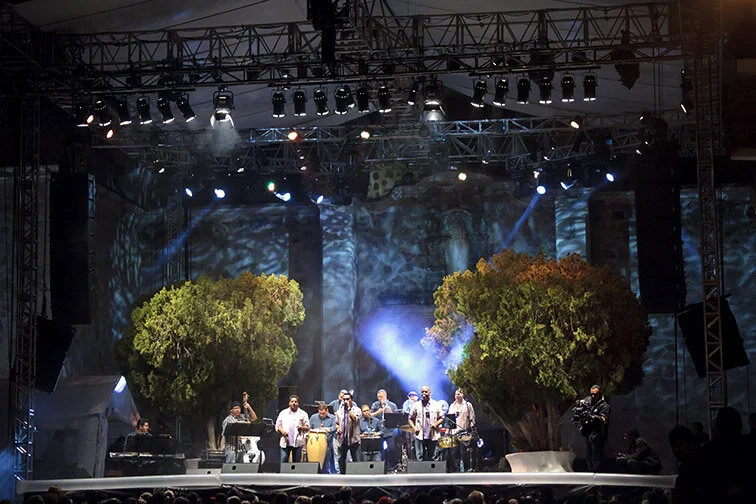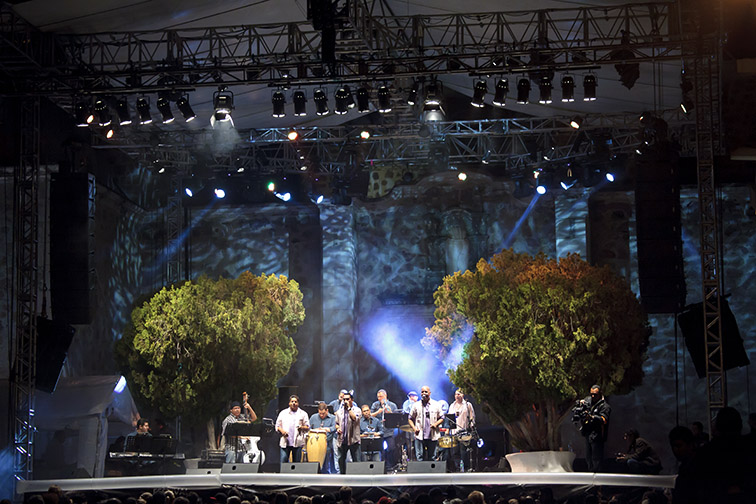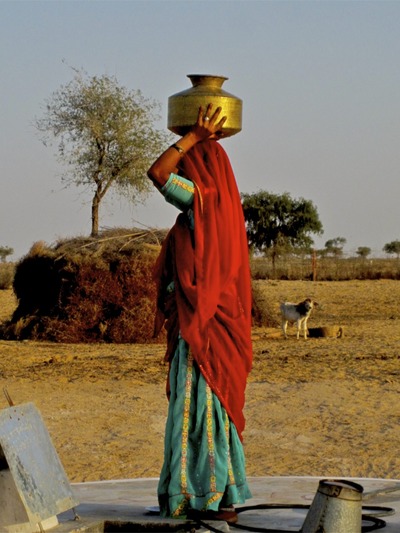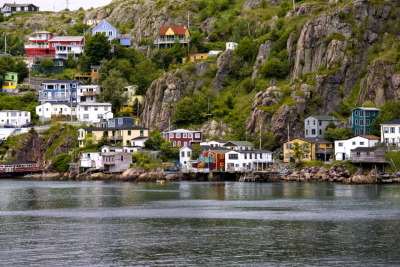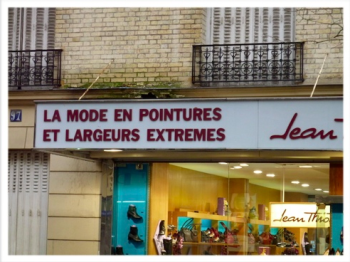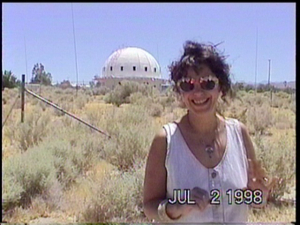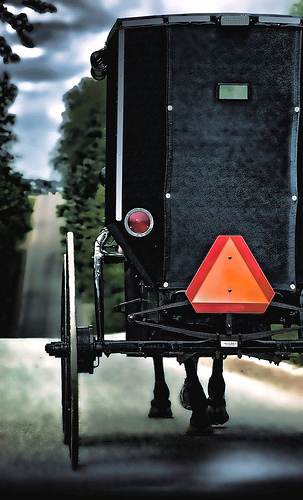by B.J. Stolbov
 Battle of Leyte Gulf, USS Princeton via Wikipedia commons.If you were to go across the Pacific Ocean by ship to the southern Philippines, Leyte would be the one of the first places that you could land. In October 1944, General Douglas MacArthur and the U.S. Army knew that, the Imperial Japanese Army and General Tomoyuki Yamashita knew that, and Captain Morton S. Stolbov, D.D.S., a U.S. Army Field Surgeon, also knew that.
Battle of Leyte Gulf, USS Princeton via Wikipedia commons.If you were to go across the Pacific Ocean by ship to the southern Philippines, Leyte would be the one of the first places that you could land. In October 1944, General Douglas MacArthur and the U.S. Army knew that, the Imperial Japanese Army and General Tomoyuki Yamashita knew that, and Captain Morton S. Stolbov, D.D.S., a U.S. Army Field Surgeon, also knew that.
Leyte Gulf is the biggest gulf in the southern Philippines that opens into the Pacific Ocean. Ships, hundreds of ships steamed in, then turned north into San Pedro Bay, then turned west, toward the town of Palo, then finally turned onto a long expanse of beach that the U.S. Army called Red Beach. Here, on October 20, 1944, the largest landing in the Pacific Theater took place.
One of the first to come ashore that morning was Captain Morton S. Stolbov. He didn’t have to be there. He didn’t have to go to war. He had graduated from Temple University Dental School in Philadelphia, Pennsylvania, in 1939. He returned to his parents and his home, Tamaqua, Pennsylvania, a small town in the coal regions, and opened a dental practice. He was doing well in his hometown, his career, and his life. A short man with thick glasses and a receding hairline, he was already 27 years old, too old to be drafted, when the Japanese attacked Pearl Harbor on December 7, 1941. But, in one of the few spontaneous acts of his life, he volunteered to go to war.

